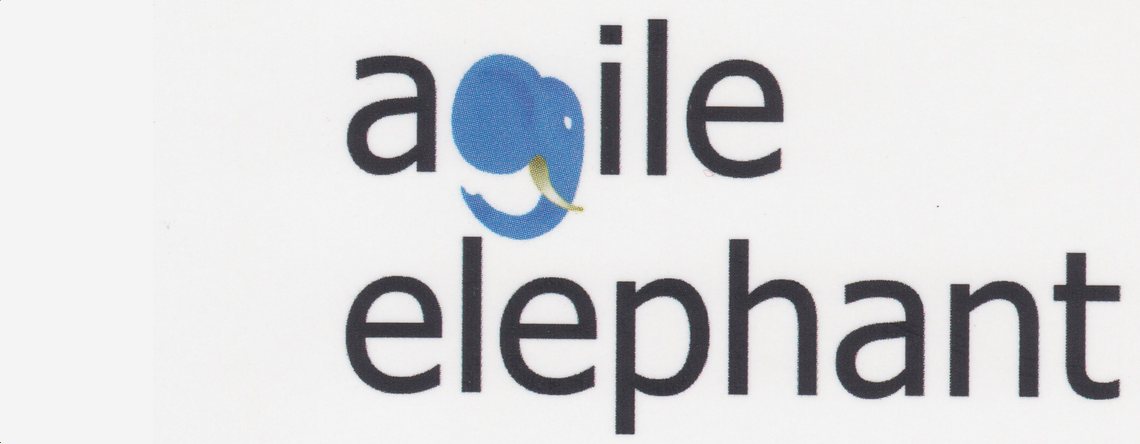Last February, in Paris, I was fortunate enough to catch Lee Bryant’s talk about how to approach the adaptation of Social Business within a company. I caught up with him a few days after #e20s to discuss this vision, and Post*Shift, a bit more in-depth.
 Throughout the conference, several talks covered several approaches on when, or where to start the Big Change. With all the different people, each with their own discipline and field of expertise, came a lot of different thoughts on how to approach this.., issue.
Throughout the conference, several talks covered several approaches on when, or where to start the Big Change. With all the different people, each with their own discipline and field of expertise, came a lot of different thoughts on how to approach this.., issue.
We had Change Agents, Community Managers, Business Strategists, Platform Specialists, and all-round Social Business Evangelists (and more). All were present and provided a piece of the puzzle.
Everyone
Now, I know, we need everyone to transform a company. There is no way a single individual, or a single discipline can achieve this. Only when we work together will the sky be the limit.
However, the element of focus in Lee’s talk was the adaptation of the hierarchical structure of a company.
Wow, wait a minute. So, we don’t start with aligning the business goals? Or creating a community? Or with a (small) pilot project to establish a proof of concept?
We go straight for the spline of a company?
No Rogier, we do not. Pay attention.
In my defence, if you watch the video below, at the 1 minute mark, you see a tall, well suited man walking towards the front row. That would be I, said the fool.
I missed Lee’s introduction, because, you know, I needed to open my laptop and check the #e20s tweets.
Moving Beyond
The key phrase of that intro was;
We need to look very seriously at the organisational design structures, IF we are to go any further with social technology.
This became apparent when I asked Lee if he would start with changing the organisational structure within a company. No, he would not.
At some point the (often old school) organisational structure will limit the progress of change. This is why you have to consider a way to adapt that hierarchy to suit the flow of information and the natural tendencies of humans to talk with whomever they want, and find resources and help where they are available.
Hierarchy does tend to bring with it an element of politics.
Solving problems laterally, instead of hierarchically saves time and a frustration. A more real-life interpretation of a hierarchy doesn’t follow the down-and-up-and-down flow of the org chart anyway.
In the end, we’re all in it together. And dealing with issues in a harmonious and transparent way will, at some point, turn into higher productivity (and many more benefits).
Sure, those who thrive on playing the office politics game won’t like this. But then again, they don’t add anything positive to begin with, and can only change for the better.
The slide below visualises the difference between an org chart found on the corporate Intranet, and the way people communicate in the real world.
Post*Shift
I also wanted to ask Lee about his new venture. This has been on the radar for a while, but now that Post*Shift is a go, it’s time to address it.
 The thing I noticed when browsing the Post*Shift website was this;
The thing I noticed when browsing the Post*Shift website was this;
We have developed our own (proprietary) Framework for assessing a company’s progress against a number of key attributes relating to structure, culture and practice, establishing a solid base on which to undertake modernisation initiatives.
I like that. One of the biggest issues which pop-up is where to start. With this tool you can assess the base-line of a company. For instance, if you’d want to know how agile your company is, you can ask very specific questions to determine just that.
And, on a larger time scale, you can measure it (ponder the importance of that for a minute).
Of course, it is a combined experience of many years (of the six people that make up the company) that results in the capability of creating such a tool. Then, being able to interpret it correctly, providing an enterprise with a (very) long-term roadmap, and supporting that enterprise in all the steps that need to be taken is, in a word, impressive.
Time and Customisation
Few businesses have such long term impact on a business as Social Business does.
And few businesses require such high customisation as Social Business does.
The ability to be flexible enough in your approach to cater to any business, and have the ability to see into the future can never be underestimated.
I wish Lee and the rest of the Post*Shift team the best of success, I’m sure they’re of to a good start.
I leave you with another quote from Post*Shift’s website.
After 10+ years of pushing the notion of social technology as a business operating system, the idea is now mainstream – the headshift we tried to create has happened – but we have only begun to touch on its long-term impact on how business is done.
[youtube https://www.youtube.com/watch?v=3gookq0SviQ?rel=0]


 In this day and age, where on-line relationships are more rampant then ever.., we sometimes tend to forget that the real world relationships are much more.., precious. It’s fine to meet somebody on-line, have a conversation or a discussion, even build something valuable. But, at the very least, have a good long Skype talk, with video, to get to know somebody beyond the 140 characters.
In this day and age, where on-line relationships are more rampant then ever.., we sometimes tend to forget that the real world relationships are much more.., precious. It’s fine to meet somebody on-line, have a conversation or a discussion, even build something valuable. But, at the very least, have a good long Skype talk, with video, to get to know somebody beyond the 140 characters. Rethinking
Rethinking

